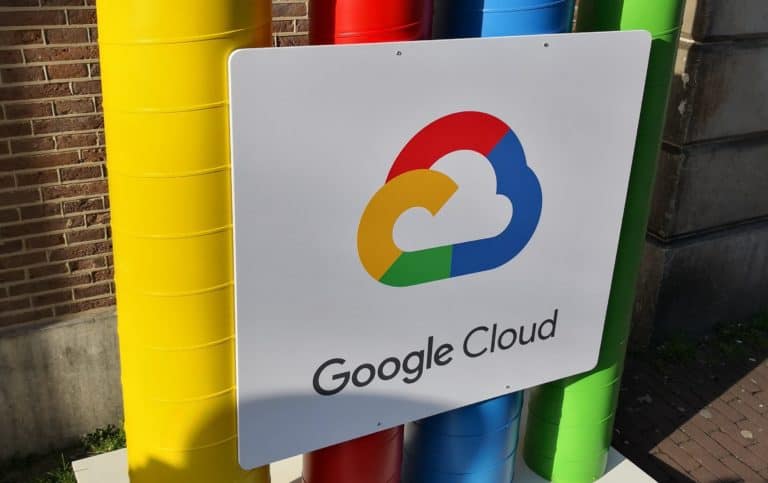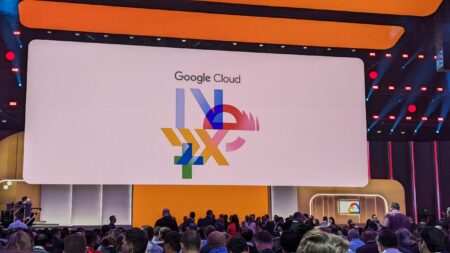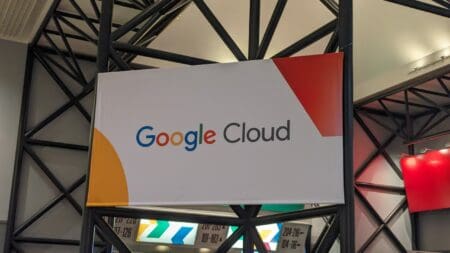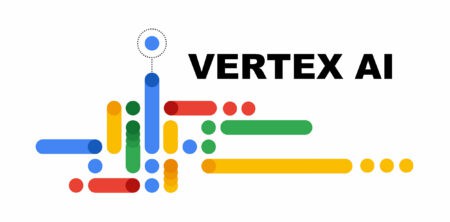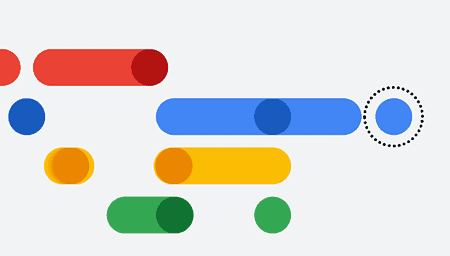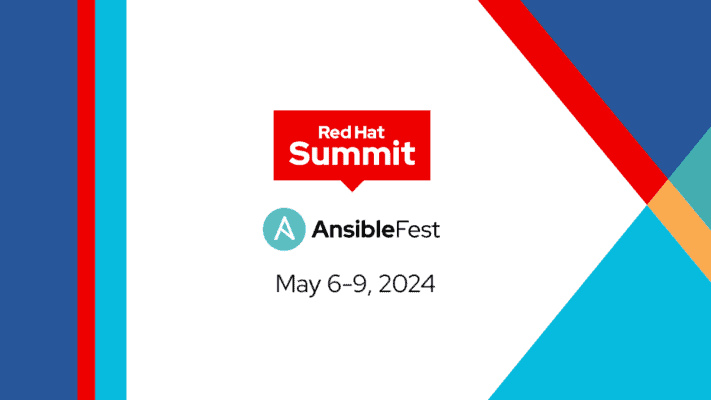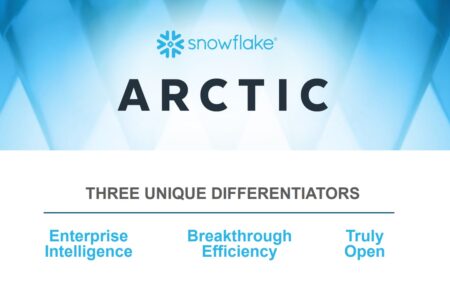This week is all about Google Cloud Next, the annual Google Cloud event where many new products and services are presented for Google’s Cloud Platform. The hyperscaler follows in the footsteps of competitors this year, with its own on-premises and Edge solution. Furthermore, Google has concluded many partnerships to improve the Google Cloud and extend its reach.
If you ask us, the most important announcements are the Google Distributed Cloud Edge and the Google Distributed Cloud Hosted. Both products are completely based on Google Anthos.
More about Anthos: What is Google Anthos? Is this the modern cloud infrastructure you’re looking for?
Google Distributed Cloud Edge
Google Distributed Cloud Edge allows you to bring the Google Cloud infrastructure closer to your users. This Edge solution allows you to run services and workloads as close as possible to where data is generated or consumed. This is possible in more than 140 Google-owned locations, the so-called points-of-presence locations. But it can also be done in your own Edge locations, for example on the factory floor, in all the branches of your retail chain, or in one of the local offices of your company. Finally, there are also ISPs who partner with Google and make their data centers available, supplemented with 5G or LTE solutions.
Google Distributed Cloud Hosted
Sometimes the Edge is not necessary, but as a company, you want the advantages of the cloud, but from a governance and compliance perspective, not the disadvantages. With Google Distributed Cloud Hosted you can now have the Google infrastructure in your own data center. You can even configure it so that this infrastructure is not in contact with the Google Cloud, only with a repository for updates. This means that Google has no access to this hosted infrastructure, but that your own IT administrators can download any software updates from a repository and roll them out themselves.
Google delivers the Google Cloud certified infrastructure but loses access once it enters your data center. This can be very interesting for certain government institutions, organisations in the healthcare industry or financial institutions. They are bound by strict rules and with this option, they can still get the benefits of the Google Cloud.
Google Distributed Cloud Hosted in large scale
In France and Germany, Google is going a few steps further. Here it is working together with the German T-Systems and the French Thales to set up a so-called sovereign Google Cloud Region. The data centers of these regions are owned by T-Systems and Thales. Google only provides the hosted technology so that customers can use Google Cloud infrastructure, but that is where it ends. The specific US legislation that Google must be able to provide access to customer data on its servers at all times, even from non-US companies or individuals (FISA act) does not apply. The servers and data are located in data centers and on servers of T-Systems and Thales. These companies are European and are not subject to the American FISA Act.
On-premise solutions still important
As far as we are concerned, Google is taking a few good steps. The FISA act is a thorn in Europe’s side. Circumventing it with partners is very sensible. Furthermore, following the example of AWS and Azure, among others, Google is now also showing that on-premises data centers are far from finished. Infrastructure will probably never be (single) cloud-only. If it is cloud-only, it will be multi-cloud. From a cost and compliance perspective, large organisations will probably always work with local data centers or regional data centers. With Anthos, Google has its own Kubernetes framework which it can roll out on any infrastructure. Google Distributed Cloud Hosted uses certified hardware. For this, Google will undoubtedly work with partners such as HPE, Dell and Lenovo. NetApp is named as the preferred storage supplier.
Google was unable to say anything about costs or quantities. We suspect that this will become available from a single or a few rack units, just like AWS Outpost. Google Distributed Cloud Hosted should become available in the first half of 2022.
Google BigQuery Omni now available in AWS and Azure
In line with previous announcements, we see that Google is taking the multi-cloud more and more seriously. The battle between Google and AWS, for example, is certainly not over, but many companies do not want to choose, but be active in multiple clouds. Google BigQuery is a data warehouse where companies can store all their data and process it in many different ways. If you are a company active in multiple clouds, it is more or less a requirement that you always have access to your data warehouse. Google solves this with BigQuery Omni. A variant of BigQuery which you can run on AWS and Azure as well and which can be part of your global data warehouse. So that you have access to your data warehouse in any cloud and it is available everywhere at the same time.
As an extension of this, Google has also entered into a partnership with Tableau. Tableau can now analyse and visualise all data from BigQuery (Omni). Salesforce Tableau offers one of the best BI experiences in the market. Tableau can also work directly from Google Sheets. A partnership that will undoubtedly benefit Google a lot.
Some other announcements:
Citrix
The number of announcements made by Google this week cannot be captured in a single article. A few things we would like to mention are a partnership with Citrix for hybrid work. With this new partnership, people who work hybrid can now directly access their virtualised Citrix workstation or applications in the Google Cloud securely and quickly.
New Google Cybersecurity team
Google has set up a new cybersecurity team to help businesses and governments build a secure cloud environment. This team will provide Google’s best practices around security. They will also guide customers on how to implement them correctly.
Carbon footprint
More and more companies are considering how much effect their actions have on the environment. In the Google Cloud console, every company can now see what its carbon footprint is based on the Google Cloud services it uses.
